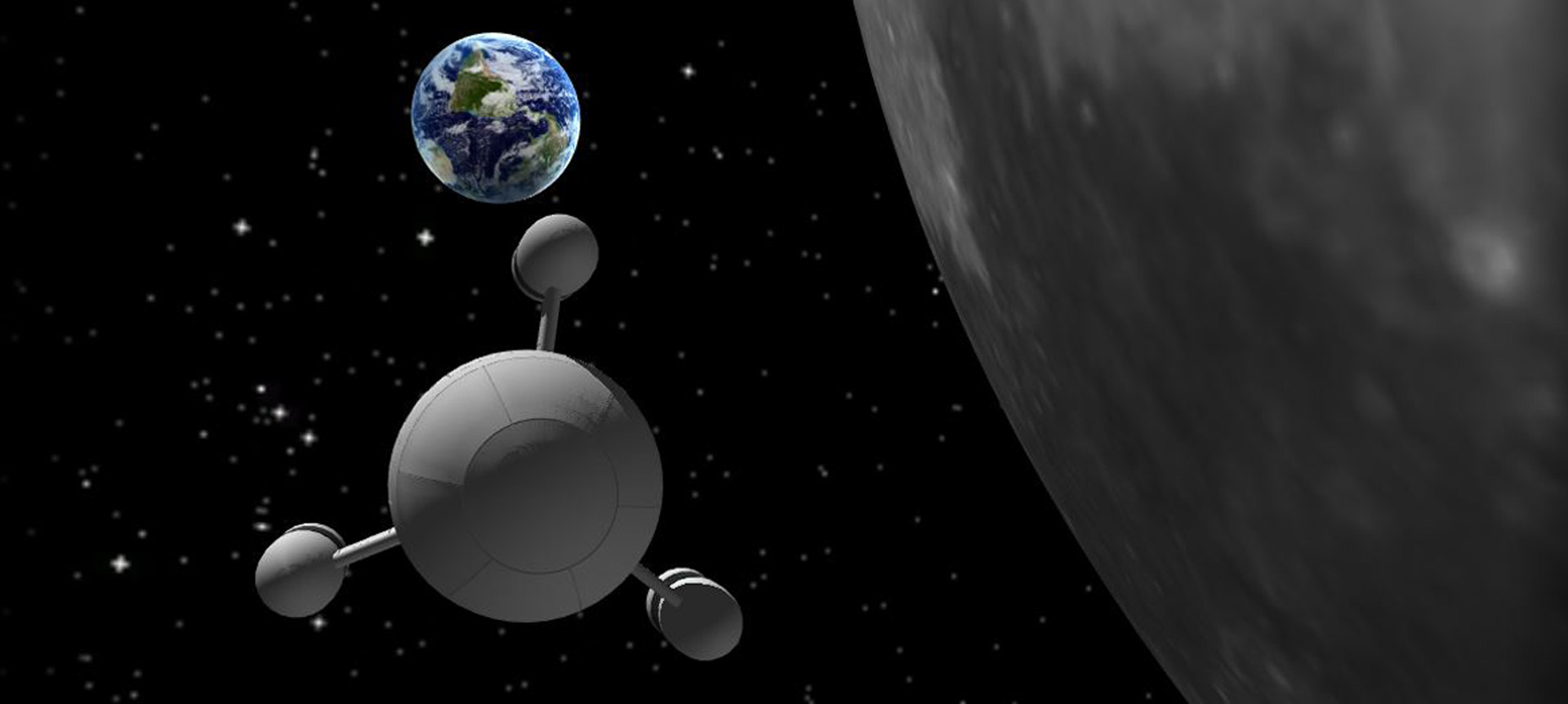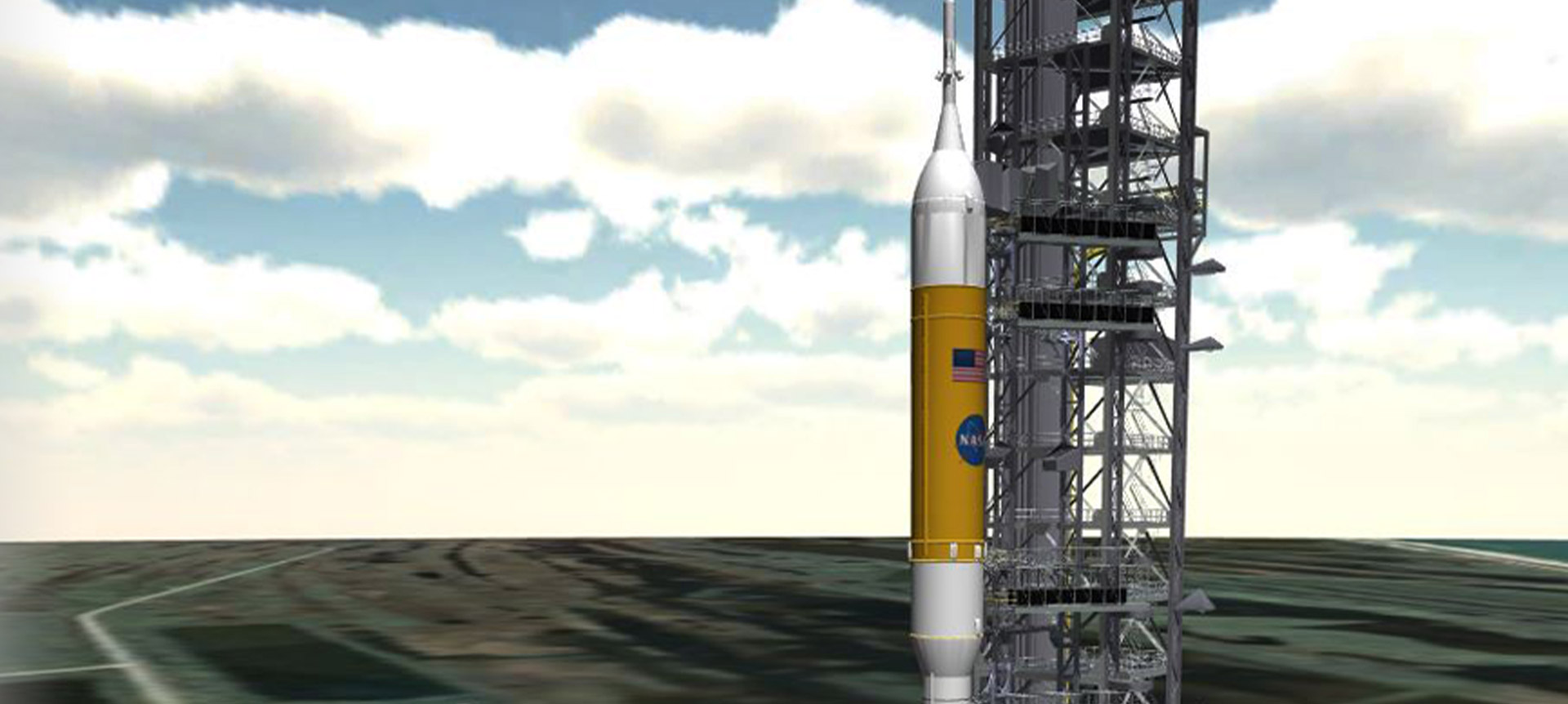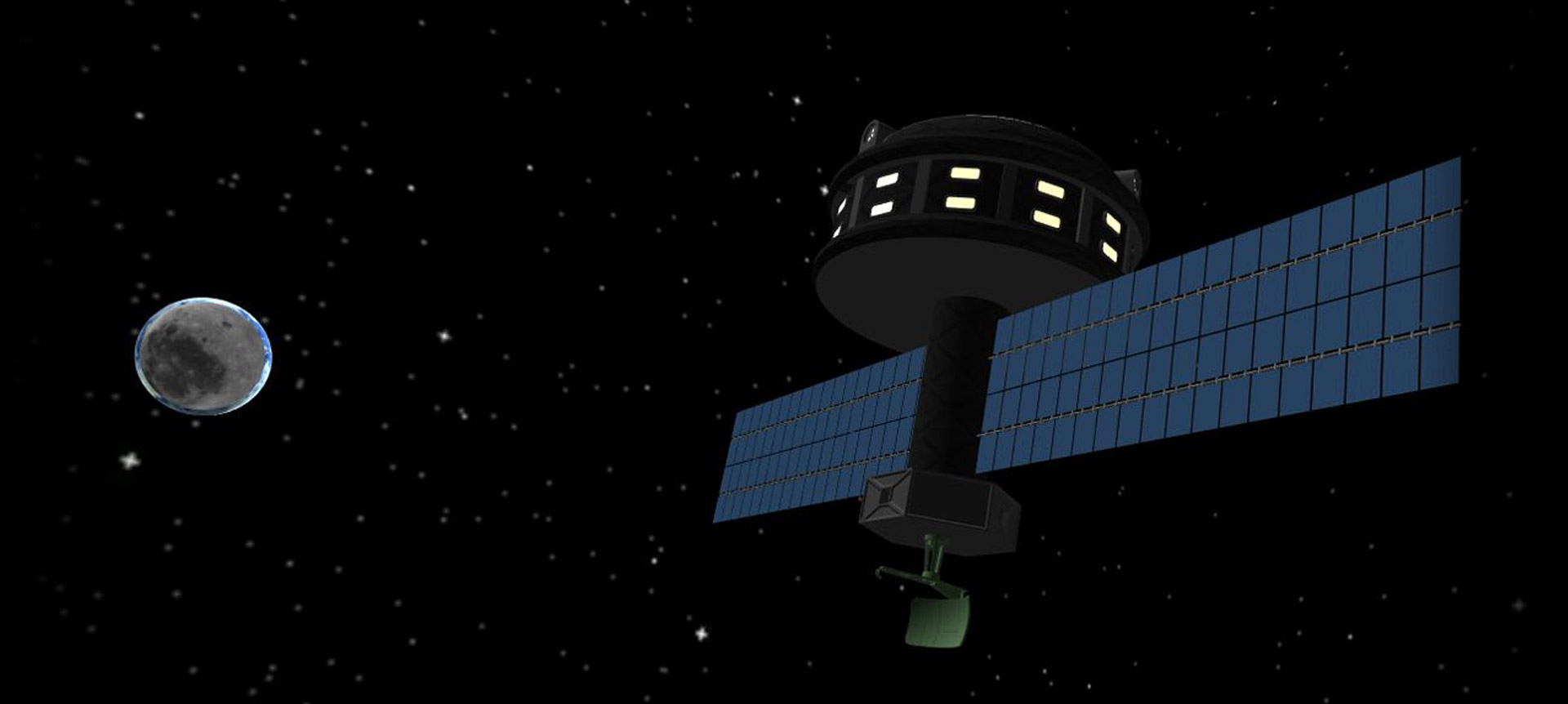Overview
The Distributed Observer Network v3 (DON3) is a virtual environment where simulation results can be assessed simultaneously by multiple users at multiple locations. Developed by NASA and ITSS at the Kennedy Space Center, DON3 leverages commercial gaming technology to bring 3D models of simulated mission data to the desktop. The joint development team created DON to address some of the more common shortfalls related to simulation sharing. Along the way, creating:
– Common, standardized data formats for simulation information sharing
– Tools that run on commercially-available platforms and can distributed data across the internet
– An efficient distribution of simulation results across users, teams and time
Immersive 3D visualizations are created by integrating 3-D model data from CAD programs and NASA simulators with state and meta information from advanced simulation and analysis tools into a game based 3D environment. With the streaming interface, DON3 enables users to view accurate 3D representations of mission simulations in near-real-time. The SEE 2014 effort integrated mission data from a large distributed student simulation and streamed it to the SEE (Simulation Exploration Experience) event for display and analysis. The integrated DON3 recording function allows this simulation to be replayed and reanalyzed whenever necessary. The replay and distribution capabilities facilitate collaboration, reduce costs, increase access to information and preserve rich simulation information.
Remote Collaboration
Each simulation can be viewed by multiple users from a desktop or laptop PC, locally or remotely via the Internet – enabling teams to share data and coordinate efficiently to add value. Using commercial gaming technology, the DON displays 3D simulations on a user’s Mac or PC from anywhere in the world. The DON supports clients running in OS X, Windows, and Linux. The Moon in the DON.
Interactive Capability
Unlike video based simulation captures, where the “big screen” video is recorded, DON3 provides video game like interactivity.
Participants can “fly” to any location in the simulation with full control over their direction, rotation, orientation and velocity. They may also navigate by selecting an item of interest and snapping directly to that element, wherever it is in the simulation.
Participants have full control of their point on the simulation timeline. The DVR (Digital Video Recorder) like control system display simulation time, allows direct access to any point in the time line, provides the ability to slow or accelerate time as necessary for effective analysis and even allows the simulation to be played in reverse.
Participants also have access to simulation associated meta-information provided by the parent simulation. This information typically includes basic positional and dynamic information but can include any information provided by the initial simulation.
Simulation Preservation
In the past, simulation results were displayed on the “Big Screen”, recorded on a relevant video media on saved as large data files relevant only to the generating tools and team members. This simulation was preserved as long as the media or data survived. Simulations from a few decades ago, preserved on VHS tapes, are lost. Simulation codes from the 1990’s no longer have computers to run on or relevant displays to drive. NASA’s Exploration Programs span decades and generations and require the ability to use complex information for use across both. The DON3 both displays and supports the preservation of key information by accepting and interpreting data that complies with the MPC interface specification.
NASA’s MPC (Model Process Control) format allows disparate simulators to provide information that can be stored, shared, integrated and displayed in the DON3 environment. This format is in its third generation and continues to demonstrate that it is possible to easily integrate simulation results and preserve them.
Simulators provide “state” information and the associated 3-D models from the simulation. The state data is text based, easy to preserve and supports additional analysis. The 3-D models are in common, non-proprietary formats that enable migration to new formats as needs emerge.
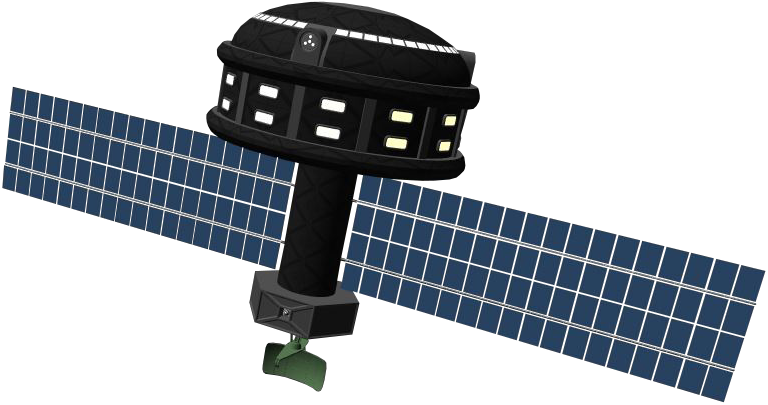
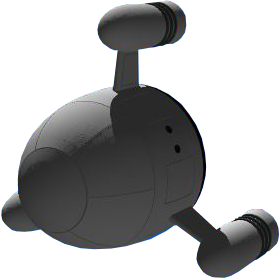
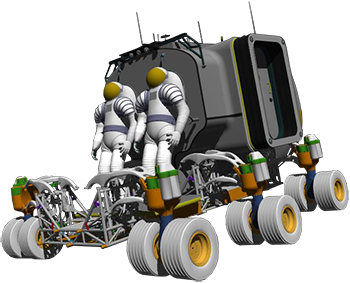
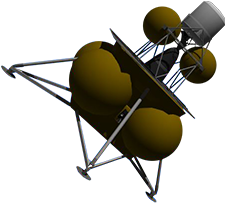
Dynamic Perspective
The DON fully immerses multiple users within a virtualized environment based on simulation data, allowing the ability to view simulations operating in near-real-time.
Moving freely within the virtualized environment, users can examine scenarios from multiple viewpoints without the cost of recreating systems and data associated with the simulation. The DON derives all of its information from authenticated simulation sources. Online avatars can be created for each user, enabling users to see and identify others within the simulation.
Enhanced Visualization
Complex simulations can be saved, allowing user analysis and group discussion at any time. Telemetry Controls enable full operation and playback control and can be limited to assigned users.
Telemetry playback controls allow users to loop, fast-forward, and rewind simulation output while maintaining the ability to move freely.
The DON In Action
Vehicle Assembly in the DON
Exploration requires bold, innovative thinking, a steadfast commitment to planning, and the very best technology. NASA has embraced this commitment for nearly half a century, pushing beyond the outer reaches of our understanding, and today is equipped with the tools to meet the challenges of a new millennium.
As the primary viewing and distribution environment for NASA’s Constellation Program, run by the Exploration Systems Mission Directorate (ESMD), the DON employs gaming technology to bring data from potentially hundreds of mission simulations to a desktop virtual environment. The DON enables cost-effective information-sharing by allowing engineers to rapidly assimilate telemetry data into a common environment for user collaboration from anywhere in the world.
Exploring the Moon, Mars and beyond will require the brightest minds, and the best technology, and NASA’s Constellation Program is leading the way with the DON.
